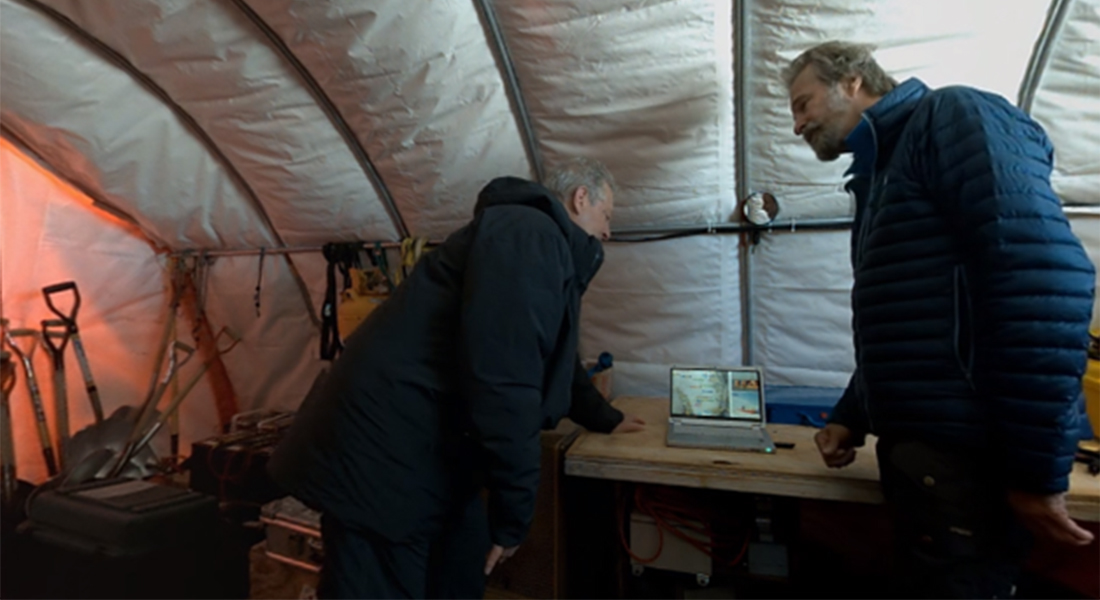Climate change education

We have performed two studies about the benefits of taking a Virtual Reality field trip for climate education. Students got to experience Greenland, and see the effects of climate change first hand.
The first study investigated how to optimize virtual field trips for education. We implemented an immersive VFT within the investigation phase of an inquiry-based learning (IBL) climate change intervention. Students investigated the consequences of climate change by virtually travelling to Greenland and exploring albedo and greenhouse effects first hand. A total of 102 seventh and eighth grade students were randomly assigned to one of two instructional conditions: (1) narrated pretraining followed by IVR exploration or (2) the same narrated training material integrated within the IVR exploration. Students in both conditions showed significant increases in declarative knowledge, self-efficacy, interest, STEM intentions, outcome expectations and intentions to change behaviour from the pre- to post-assessment. However, there was a significant difference between conditions favouring the pretraining group on a transfer test consisting of an oral presentation to a fictitious UN panel.
The second study investigates the principle of immersion based on the same virtual reality intervention, but this time studied against a video of the same trip to Greenland. The HMD group scored significantly higher than the video group on presence, enjoyment, interest, and retention in an immediate and delayed post test .A structural equation model indicated that enjoyment mediated the pathway from instructional media to immediate post test, and interest mediated the pathway from instructional media to delayed post test score, indicating that these factors may play different roles in the learning process with immersive media. This work contributes to the cognitive affective model of immersive learning, and suggests that immersive lessons can have positive longitudinal effects for learning.
See papers related to this project here:
